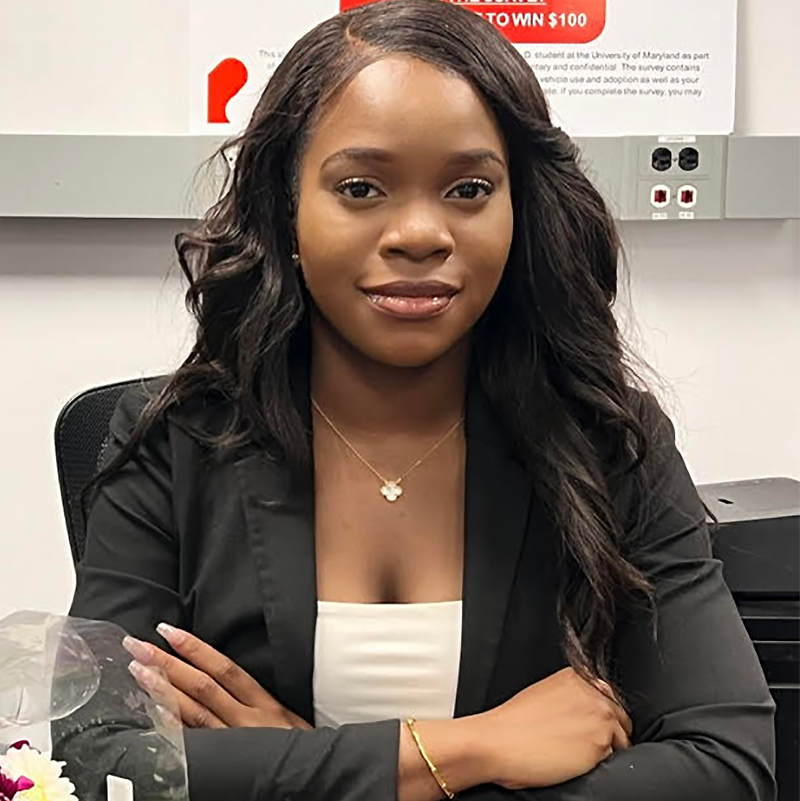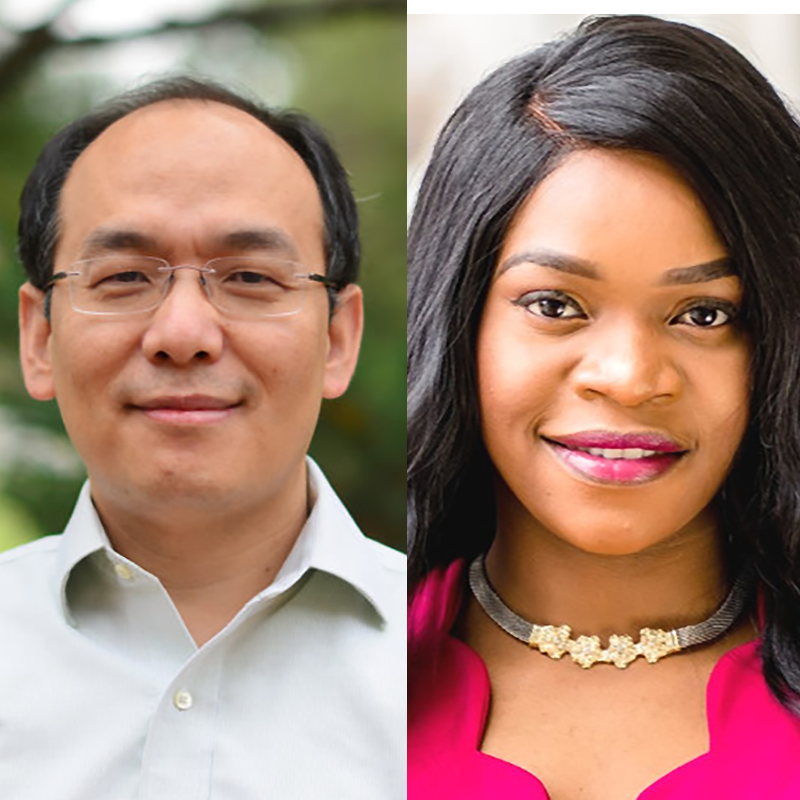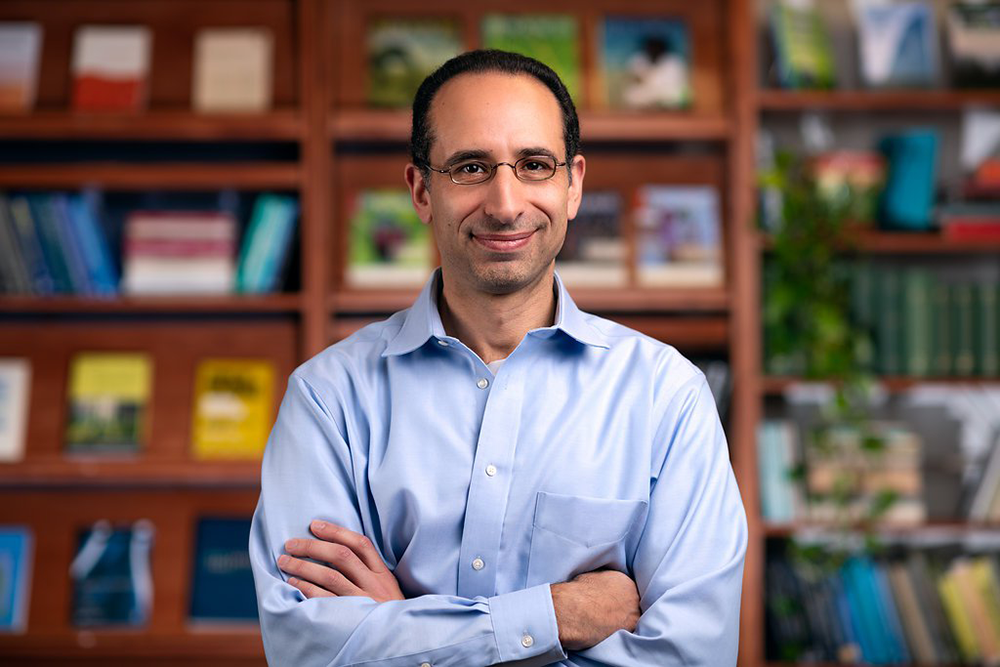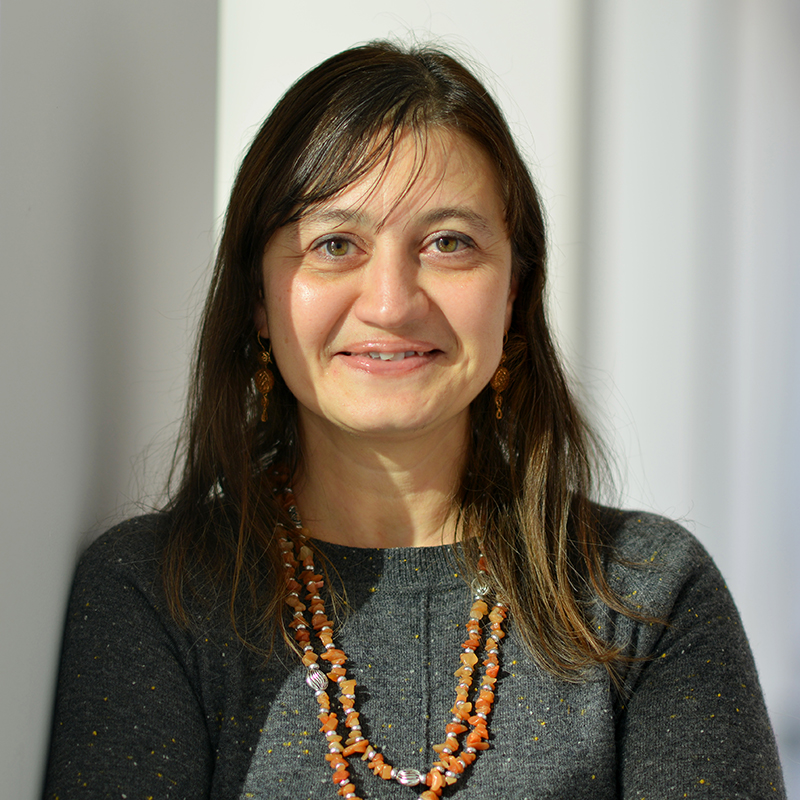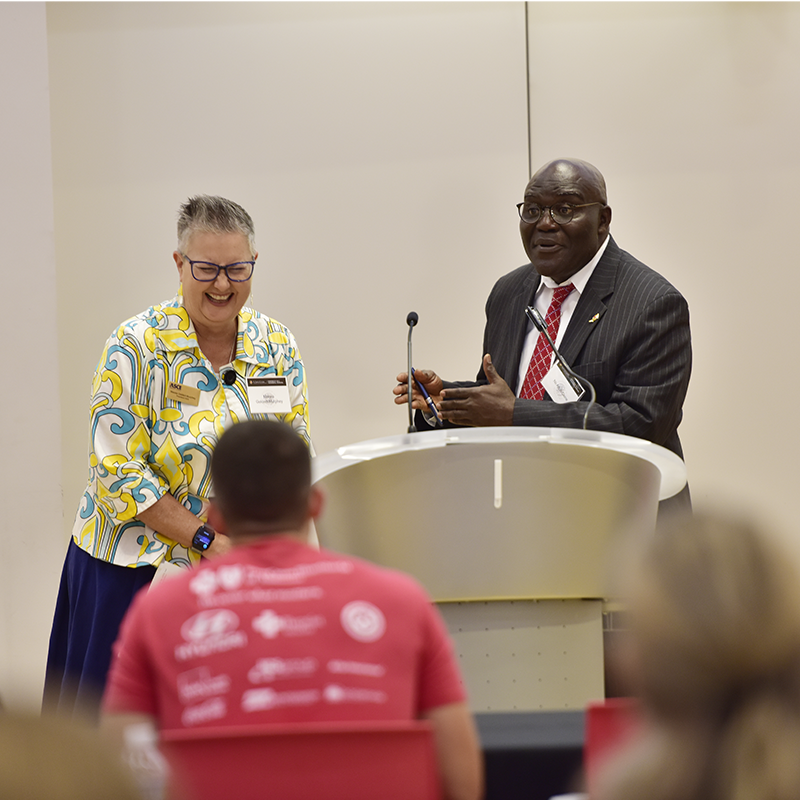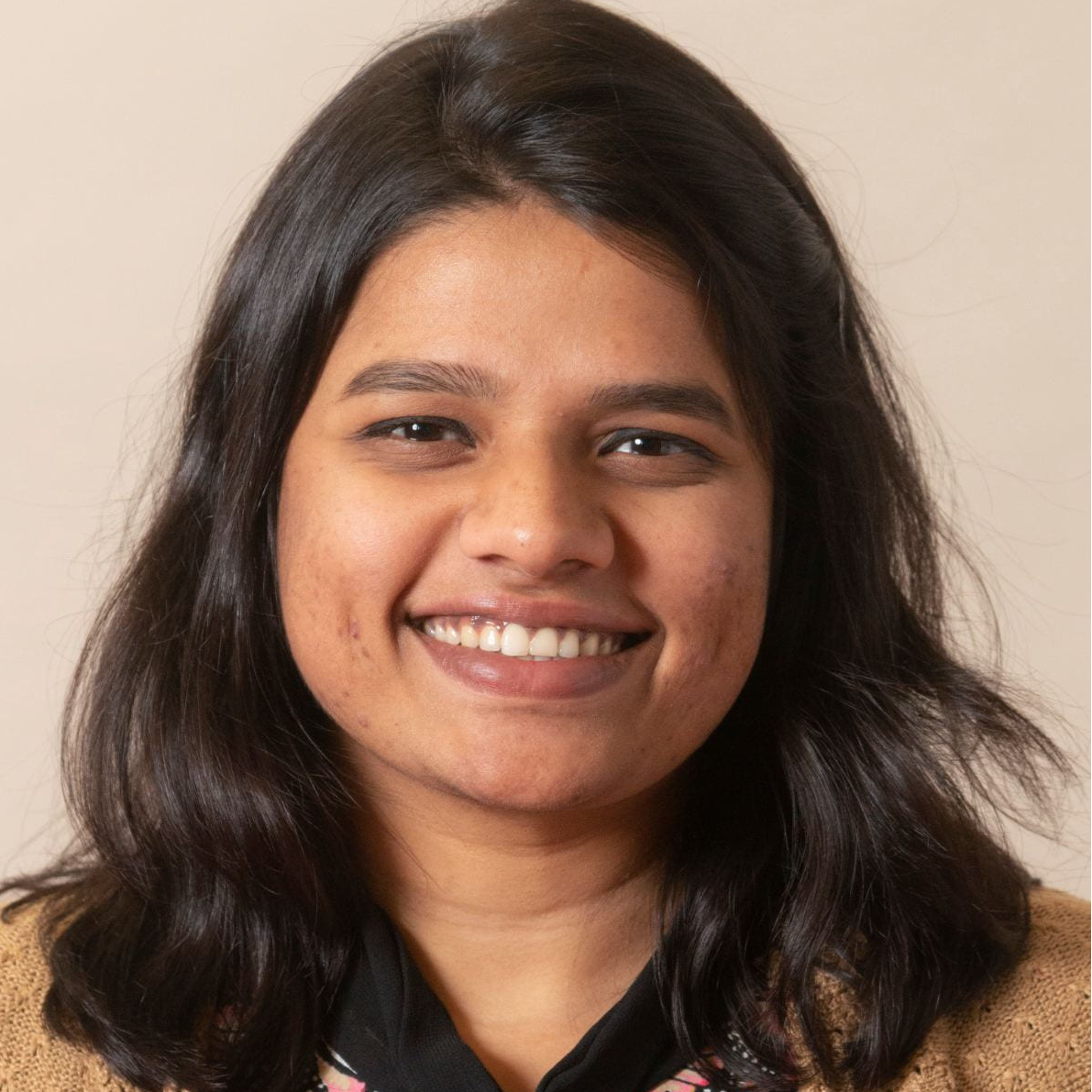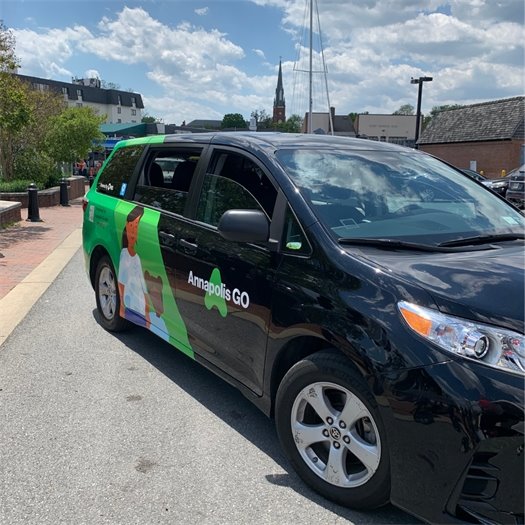News Story
UMD research assistant Hyoshin Park wins award from ITS America
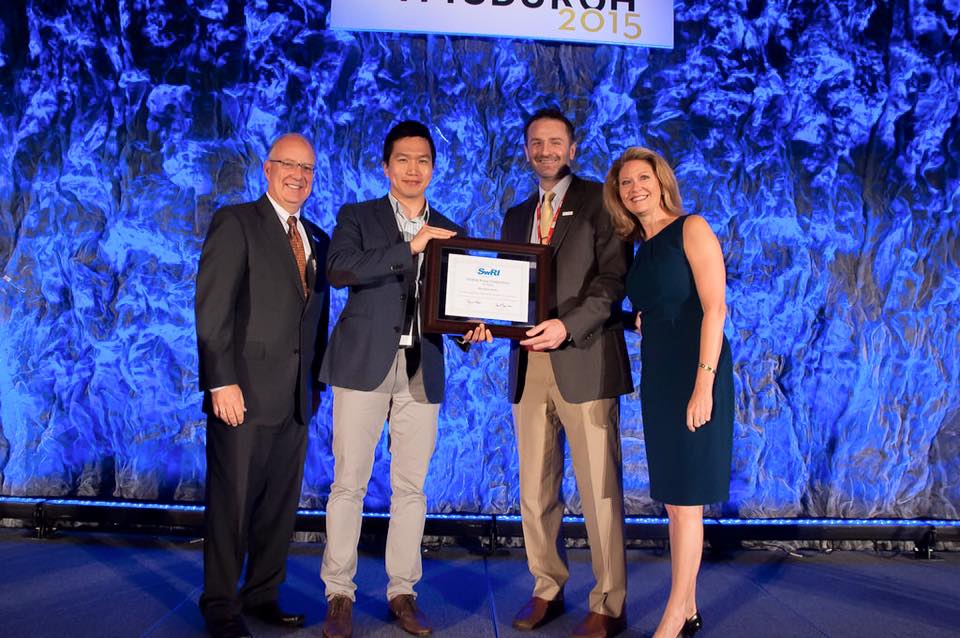
Full size image: Hyoshin Park accepting his award from ITS America
Advised by Professor Ali Haghani, Park was recognized for his work on the Vehicle Probe Project sponsored by the I-95 Corridor Coalition and several state Departments of Transportation. His award-winning paper, "Innovative Applications of Bluetooth Technology on Arterial Roads," demonstrated a novel optimal number and location of Bluetooth sensors using stochastic and dynamic approaches.
Groundbreaking technology has become an indispensable tool for addressing and solving next mobility problems. We need an economical choice of a new technology because a number of states across the Unites States still face an uphill path to full recovery from recession. In addition, making creative use of existing systems can be more efficient rather than always taking radical new technology changes. We are facing with a critical decision: how to integrate advanced information into transportation infrastructure? Wireless communications have enabled smart mobility thorough mobile phones. One of the latest technologies using wireless communications is the Bluetooth technology that has become common for collecting travel time data as a ground truth. Bluetooth detectors can be temporary or permanently used when there is an issue with expensive cost of dedicated hardware (e.g., inductive loop detector), or privacy protection (e.g.,automatic license plate recognition technology), or energy consumption on mobile phone (e.g., global positioning system). This article proposes new applications of Bluetooth technology to bridge the gap by enhancing existing technologies.
Originally from Seoul, South Korea, Park holds bachelor's degrees in Physics and Urban Engineering and a master's degree in Transportation Engineering from Yonsei University.
Park received the award during the ITS America Awards Breakfast and Business Meeting on Tuesday, June 2. The award carries a $750 grant sponsored by the Southwest Research Institute (SwRI).
Published June 18, 2015
